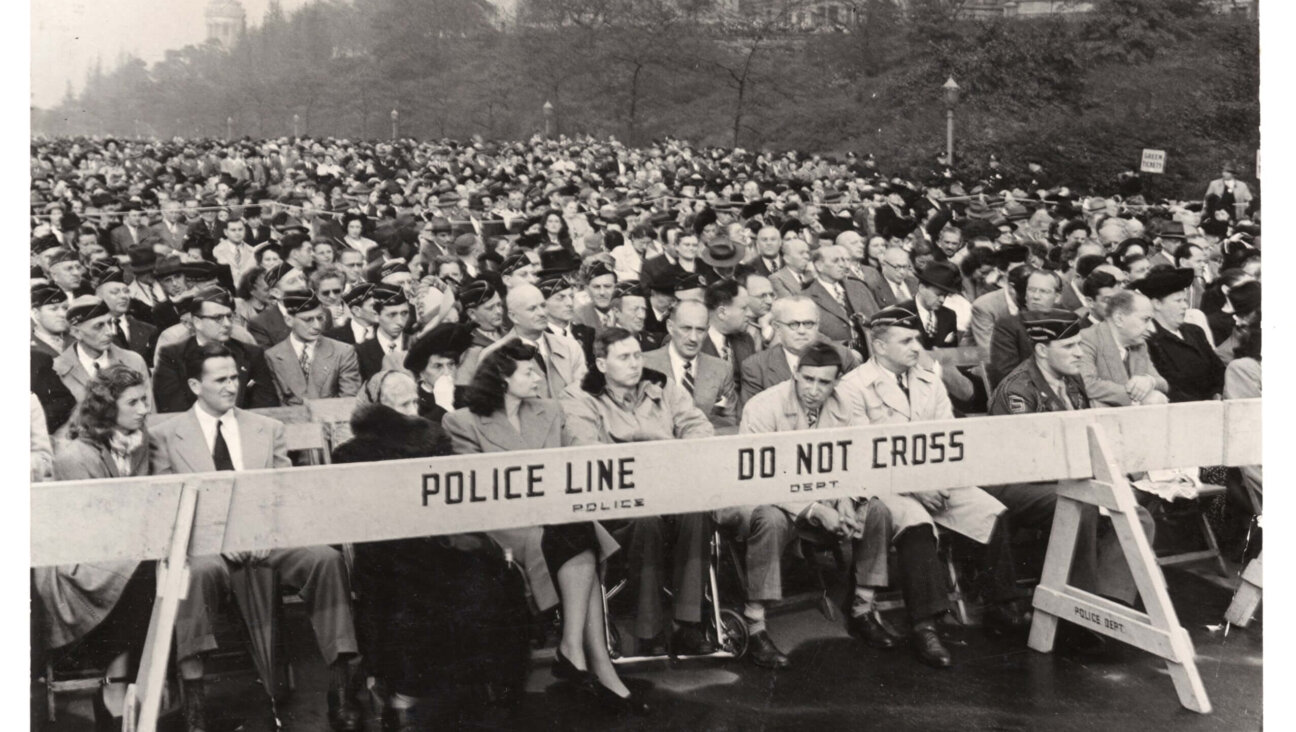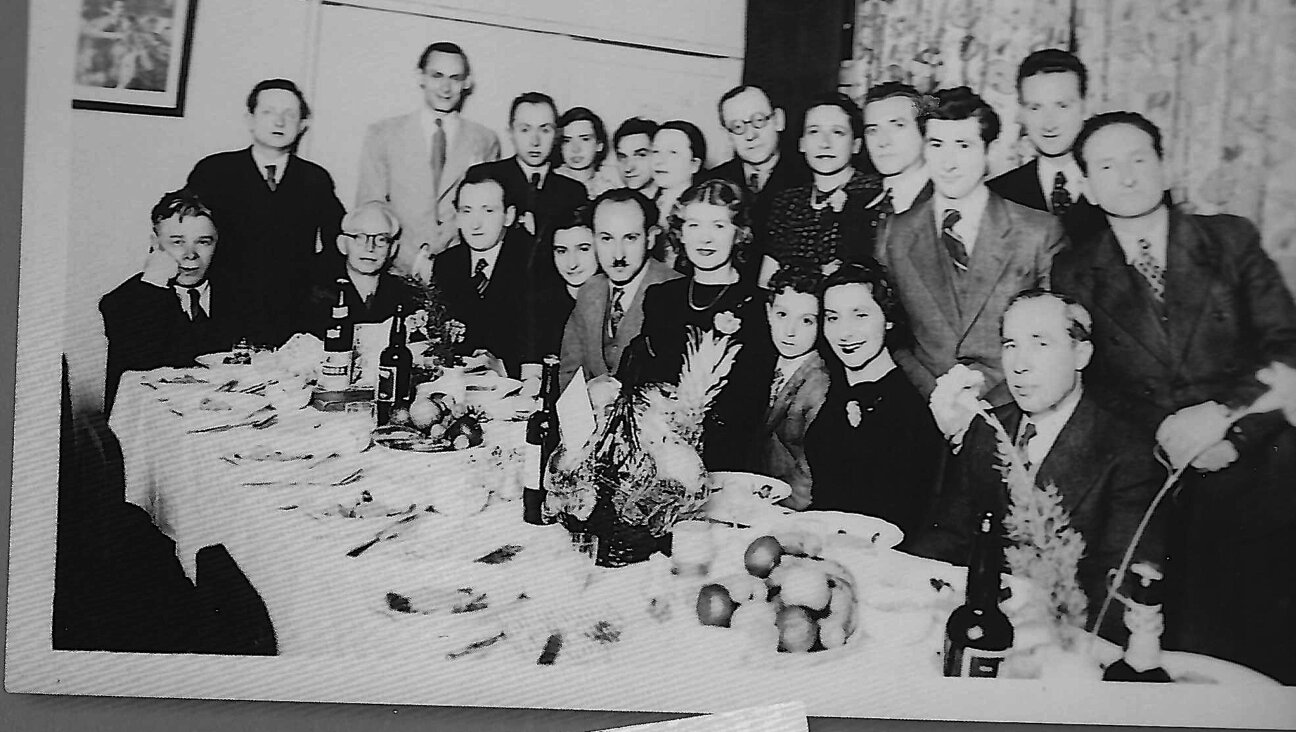How We Cover Sammy Cohen-Eckstein’s Death


Sammy Cohen-Epstein
The morning after the funeral for Samuel Cohen-Eckstein, the Brooklyn teenager who was killed by a van just a month before his bar mitzvah, the leaders of his family’s synagogue wrote to me, extremely upset about our coverage. Since these are leaders I respect, who raised serious, vexing questions, I responded to them right away.
Then Dave Goldiner, the Forward’s director of digital media, who oversaw the coverage of this horrible accident, suggested that I explain to readers just how we go about making decisions in these cases, when the impulse to honor a grieving family’s privacy conflicts with the journalistic imperative to tell stories that matter to our readers.
This story was an important news event in the Jewish community. Samuel’s parents are prominent members of a thriving synagogue, Kolot Chayeinu, and are well-known in their Brooklyn neighborhood. They have been advocates for traffic safety and have spoken at public forums about the need to better protect pedestrians. The spot where their son died, next to a popular entrance to Prospect Park, is instantly recognizable to many of our readers; indeed, I drove by there the other day and was moved by the memorial created by his friends and neighbors.
Samuel was a compelling figure — a smart, kind, popular 8th grader who was preparing for his bar mitzvah. As Dave noted, “what Jewish parent anywhere in the country wouldn’t want to read the story of such a boy who died so tragically?”
And that’s where we come in. Most of you could not access this story, could not physically attend the funeral or learn more about the details, unless we do our journalism. That is why Dave assigned a reporter to cover the funeral on Oct. 10, to take our readers inside the synagogue, inside Sammy’s short life, to be able to connect with a grieving family so like other families we know.
The Forward was criticized for publishing a photograph of that funeral, taken by our reporter from what we thought was a respectful distance. After the reporter took the photograph, she was asked to refrain from taking more, and she complied. But the image was there, and it was appropriate for us to publish it.
If you work in journalism long enough, you are sent to cover funerals — in synagogues, churches, wherever. I have covered many funerals, in America and overseas. And unless the service is explicitly private (and Samuel’s was not) then we are there to observe the scene and relay its bitter humanity. Our story did that by sympathetically portraying the dreaded emotion that marks a funeral of someone so young, in essence widening the circle of grief and, I hope, of comfort.
Sadly, Samuel’s death was also marked by a disagreement over how the accident occurred. Police initially said that he ran into the street chasing a ball and was hit by a van, and we duly reported that. The cantor of his synagogue said that he had carefully crossed the street after stopping to check on traffic, and we reported that, too.
Nonetheless, some criticized the Forward for implying that the boy’s recklessness caused the accident. That’s not what we did. We did what journalists always do — present the official account, by the police, and then note alternative accounts if they exist.
We have no interest in compounding the grief of the Eckstein-Cohen family and its community. Many of us at the Forward are parents and intuitively connect with the immense sorrow this story represents. Perhaps, after reading our stories, another parent might hold her own children more tightly. Or perhaps he might be prompted to call a local official to lobby for improved traffic safety.
We all have our roles to play in confronting such inexplicable tragedy. I am in awe of the role played by rabbis and healers and communal leaders.
Journalists have a different role to play, as witness and chronicler and connector. And we take that just as seriously.

I hope you appreciated this article. Before you go, I’d like to ask you to please support the Forward’s award-winning journalism this Passover.
In this age of misinformation, our work is needed like never before. We report on the news that matters most to American Jews, driven by truth, not ideology.
At a time when newsrooms are closing or cutting back, the Forward has removed its paywall. That means for the first time in our 126-year history, Forward journalism is free to everyone, everywhere. With an ongoing war, rising antisemitism, and a flood of disinformation that may affect the upcoming election, we believe that free and open access to Jewish journalism is imperative.
Readers like you make it all possible. Right now, we’re in the middle of our Passover Pledge Drive and we need 500 people to step up and make a gift to sustain our trustworthy, independent journalism.
Make a gift of any size and become a Forward member today. You’ll support our mission to tell the American Jewish story fully and fairly.
— Rachel Fishman Feddersen, Publisher and CEO
Join our mission to tell the Jewish story fully and fairly.
Our Goal: 500 gifts during our Passover Pledge Drive!
























